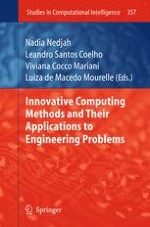The design of most modern engineering systems entails the consideration of a good trade-off between the several targets requirements to be satisfied along the system life such as high reliability, low redundancy and low operational costs. These aspects are often in conflict with one another, hence a compromise solution has to be sought. Innovative computing techniques, such as genetic algorithms, swarm intelligence, differential evolution, multi-objective evolutionary optimization, just to name few, are of great help in founding effective and reliable solution for many engineering problems. Each chapter of this book attempts to using an innovative computing technique to elegantly solve a different engineering problem.
